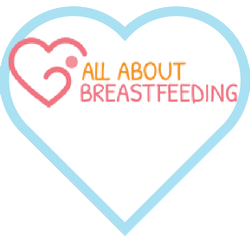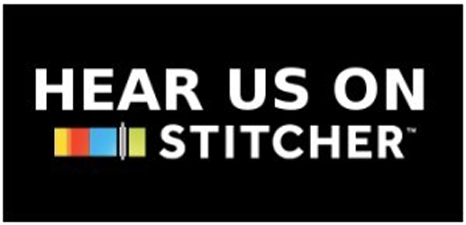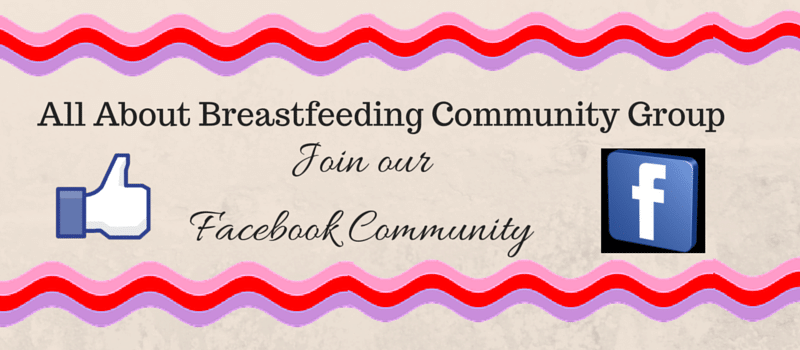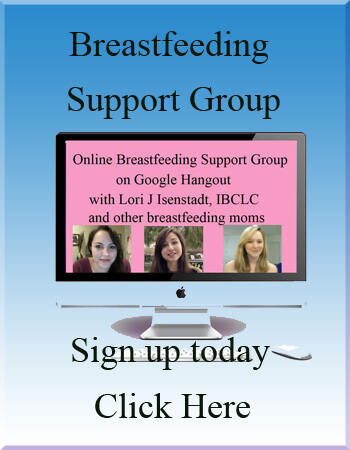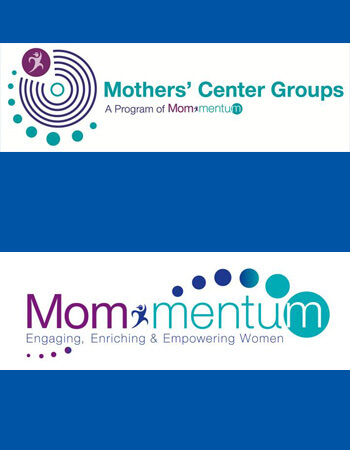This is not going to be a tutorial on how to latch your baby on. I can help you thought with sharing with you some tips about latching on and how do you know the latch is good, in ways other than practicing with your baby ahead of time. A good latch with a mom and baby that is comfortable, is the foundation for good, productive and enjoyable breastfeeding.
What exactly does this whole latching on thing mean and why do people seem so distracted with the whole latching on thing? Breastfeeding means many different things. The primary reason to breastfeed is to feed your baby. You will want to make sure your baby is getting enough milk, in a reasonable time period, and that this milk is transferred by your baby, from your breast, to their mouth, in a nutritive sucking fashion that is productive and comfortable for you both.
First things first. We are talking about Breastfeeding… not Nipple feeding. Don’t laugh. There are a lot of people who think the baby is suppose to be latching on to the nipple. I can appreciate why people think this. I mean, most nipples stick out and it appears that they are like the target.
Okay, so now that we have that straight, babies should not be sucking your nipples. This will hurt you a lot and this will make it difficult for your baby to get enough milk.
For listeners who have not had their baby yet and are looking forward to breastfeeding their baby, I want you to know that the first few times it may feel awkward to you. This is a very common response. Know that it is likely to take you a bunch of practice sessions until you begin to find your groove. The most important thing that I want you to know is that it should not hurt. Painful breastfeeding is a RED Flag. A sign that something is wrong and this should send you to seek expert help from an IBCLC.
Achieving a good latch means that your baby needs to take in enough of your breast, at just the right angle, that it is comfortable for you and comfortable for
your baby. Nancy Mohrbacher, who wrote: Breastfeeding Made Simple, says that the “comfort zone” is where your nipple should be in baby’s mouth for comfortable and effective breastfeeding. You can help yourself find this comfort zone in your own mouth by running your tongue along the roof of your own mouth. The part that is closest to your front teeth will feel quite firm. This is called your hard palate. As you run your tongue towards the back of your mouth in the direction of the throat, you will feel the roof of your mouth feeling softer and this is called your soft palate. This is how far back your nipple should go in your baby’s mouth when they have a good latch.
Breastfeeding is not hard to figure out, however, it does take some time and patience and you will usually benefit from having an experienced person show you how to do this breastfeeding thing. Most mothers have not seen other moms nurse newborns. Not paid attention to how they hold their babies close to them, how they may shape and support their breast tissue, what angle to hold baby close to you.
I do want to say that there are common positions that moms start off breastfeeding with, however, my goal is to not pidgeon hole you into thinking there are just 1 or 2 ways to hold your baby while you are breastfeeding them. My ultimate goal for you is to be willing to experiment and start off trying to breastfeed your baby in a way that seems most comfortable to you. Perhaps you intuitively guide your baby on while you are sitting up in a chair, with no pillows or other items of support. Your baby achieves a good latch, you are able to maintain this position for the duration of the feeding and you are quite comfortable. By all means, continue to latch you baby onto this position, and don’t listen to what others are telling you is the best position. If there is no pain, good latch and good milk transfer and both you and your baby are comfortable, there is no reason to try other positions just because someone tells you that you should know all the other positions. Stick with what works and change and experiment when you are ready to.
As an IBCLC, I might have specific suggestions for you right at the beginning. There will be several things that factor into my suggestion. How you are feeling… back pain, leg pain, arm pain, carpel tunnel in your hands. Perhaps you suffered some birth trauma and it is hard for you to sit upright. Perhaps your breasts are very large and literally sit on your babies chest, creating a heavy weight which causes your baby to be able to breathe easily. No worries about your baby, because he or she will take care of themselves. This usually means they will have a problem sucking for too long as they are compromised because of the weight on their chest. Sometimes your surgical incision makes holding a pillow a certain way more difficult for you. Perhaps your baby has a broken clavicle from the birth process or spent a long time in the birth canal at an awkward position and has slight bruising on their head or face. I will take a look at all these variables and help you find a position that works best for both of you.
Again,, it is not that it is hard to do, it is just that it is not familiar to most of us. I certainly know that for 100% sure, breastfeeding was totally unfamiliar to me. I had never ever seen another mom breastfeed until I went to my first La Leche League meeting. And then there were about 10 mothers, half of who breastfed their babies during the meeting. And me? Well, I went during my last trimester and it is funny to think about this now, but I felt so weird about it all. I remember trying to look the other way, while talking to the moms when she was breastfeeding. I think I felt like that to look, meant that I was staring and that to stare at a mom breastfeeding was offensive.
This is totally all the BS that I made up in my head. Noone at the meeting ever made me feel uncomfortable, not at all. I decided I was uncomfortable. I attended 2 meetings before my first baby was born. By the second meeting, I was able to go with the flow a bit more and kinda sorta look at the mom and baby, but still not directly look at her and carry on a conversation. Funny when I think about it now. Especially when one considers my whole work day is all about looking at babies and breasts and nipples and latching babies on.
Ideally you will want to be kept close to your baby after the birth. Spending lots of time with your baby tucked against your chest, being skin to skin, will help you observe your baby for their first hunger cues.
By keeping your baby close to you, you are more likely to notice their early signs they give you that let you know that are getting ready to eat. We call this hunger cues.
If at all possible, you want to position your baby at breast and latch them on, before they get to the Late hunger cues time period. This is when they have become rather frantic. Their head is moving from side to side, they are probably crying loudly, their arms and legs are flailing.
Early hunger cue signs are when your baby begins to open and close their mouth, begins licking their lips, sticking their tongue out.
It is best to try and calm your baby down before latching them on, if they have reached the later hunger stage and cannot stop crying.
Some other points of interest that you want to pay attention to. Their are quite a few different positions that you can put yourself in and hold your baby in. Laying down, sitting up, side-lying, cradle, cross cradle, football hold, full body contact in laid back nursing position. My hope is that you have taken a good class and watched some videos to help you with this. Check out allaboutbreastfeeding.biz/class to see what I have to offer as far as handouts and classes to help teach breastfeeding.
Whatever position you hold our baby in, there are some things that are pretty common that you want to pay attention to:
You will want to place your baby in such a position that he/she has their head tilted slightly back so that their nose is aligned with your nipple. Another way of thinking about it is that your nipple is pointed toward their nostrils or roof of their mouth. Before bringing your baby onto the breast, you want to wait until your baby opens up nice and wide. The same as you observe when he cries or yawns.Once the alignment is good and your baby opens wide, you will want to bring your baby onto the breast in a rather smooth, but quick and firm motion. With your baby looking up, and with a quick motion onto the breast, your baby’s jaw should land far away from the nipple.
I find that when you move too slow, they have started to close their mouth and/or you only get them to land directly on your nipple. Their lower jaw is doing a lot of work not compressing your breast tissue, but compressing our nipple and this hurts. When your baby begins sucking, you should feel like your nipple is moving in a forward and back motion almost like a gentle tugging rhythm to it.If you feel like your baby is clamping down on your nipple, has direct nipple pressure or is feeling like they are biting down on your nipple, this is a sign of a poor or shallow latch.
This is not good and you do not want to keep feeding your baby like for many feedings in a row without getting some help. This kind of biting sensation will cause your nipples to become quite sore and perhaps after a few days of this kind of activity, the delicate nipple tissue will crack and bleed. This is a strong signal to get help.
Some things you want to avoid-
Trying to aim your nipple into the center of your baby’s mouth. This will prevent your nipple from going back as far as it can and this will cause more jaw compression on your nipple.
Bringing your baby to your breast with your hands on the back of his head. Babies typically don’t like this and this frequently results in a shallow latch.
There is actually quite a bit more learning about proper position and latch. I find that some moms just naturally get to it all on their own. Others can pick it up by looking at a book or watching a video. Other moms just struggle and struggle for days. My best advice for you here is to no spend more than a day or two struggling.
There is more than likely help available to you in your own community. If you cannot find the help you need, please reach out to me at: allaboutbreastfeeding.biz
Hope you learned quite a bit about the do’s and don’ts of good position and latch. With some good preparation, and time and patience, you will soon get to that happy place of feeling comfortable for all feedings and confident in what you are doing. You are learning a new skill, and you are not just on your own. You have your breastfeeding partner and you need to learn how to do this breastfeeding dance together.
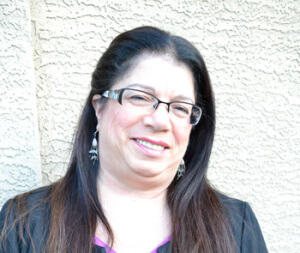 Lori Jill Isenstadt, IBCLC is a huge breastfeeding supporter. She has spent much of her adult life working in the maternal health field. Once she became turned on to birth and became a childbirth educator, there was no stopping her love of working with families during their childbearing years. Lori became a Birth doula and a Postpartum doula and soon became a lactation consultant. She has been helping moms and babies with breastfeeding for over 25 years. Lori founded her private practice, All About Breastfeeding where she meets with moms one on one to help solve their breastfeeding challenges. She is an international speaker, book author and the host of the popular itunes podcast, All About Breastfeeding, the place where the girls hang out. You can reach Lori by email at: aabreastfeeding@hotmail.com or contact her via her website: allaboutbreastfeeding.biz/contact
Lori Jill Isenstadt, IBCLC is a huge breastfeeding supporter. She has spent much of her adult life working in the maternal health field. Once she became turned on to birth and became a childbirth educator, there was no stopping her love of working with families during their childbearing years. Lori became a Birth doula and a Postpartum doula and soon became a lactation consultant. She has been helping moms and babies with breastfeeding for over 25 years. Lori founded her private practice, All About Breastfeeding where she meets with moms one on one to help solve their breastfeeding challenges. She is an international speaker, book author and the host of the popular itunes podcast, All About Breastfeeding, the place where the girls hang out. You can reach Lori by email at: aabreastfeeding@hotmail.com or contact her via her website: allaboutbreastfeeding.biz/contact 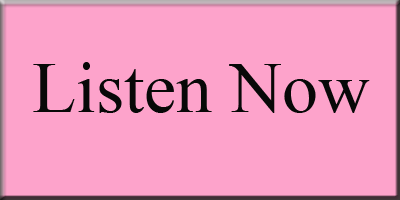
Part 1
Submit a comment
your email address will not be published
